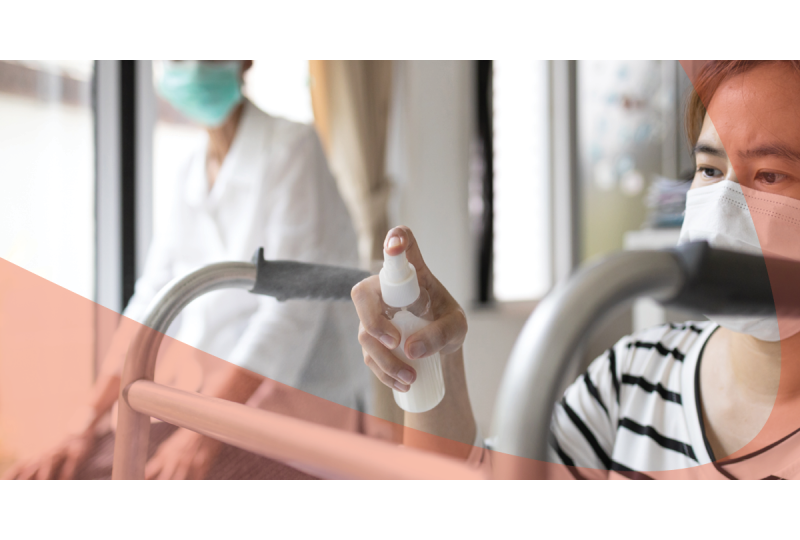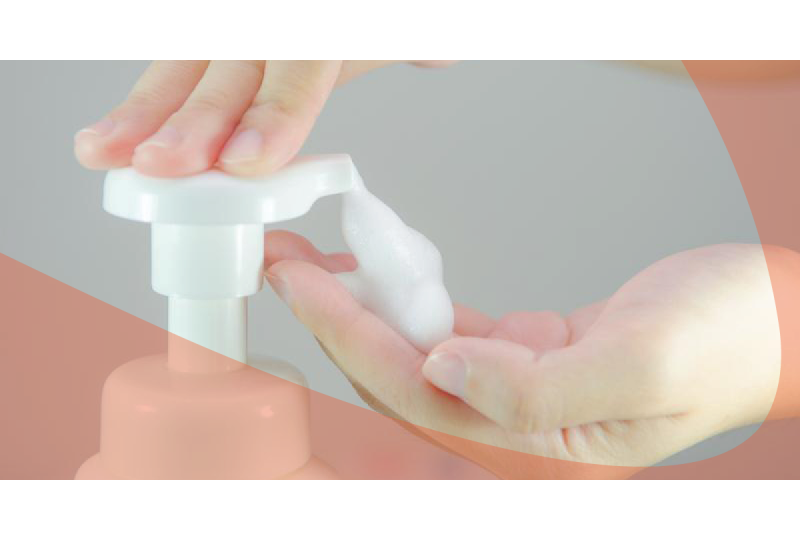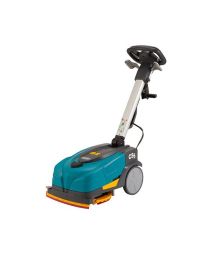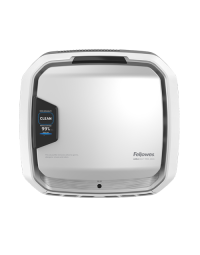Despite the dedication, diligence and hard work of care workers over the past couple of years, we have seen the grim infection statistics surrounding long-term care (LTC) in Canada. Residents in LTC homes disproportionately experienced more COVID-19 deaths, accounting for 3% of cases and 43% of COVID-19 deaths.
Out of tragedy, however, positive changes are happening to provide safer, cleaner communities that overcome challenges, including inconsistent regulations and staff shortages. Resident-centred long-term homes are using innovative technology to prevent the spread of infections among their residents and staff while improving survival rates.
Particularly with the added employment challenges, technology is helping to create efficiencies and maximize existing resources. Time-strapped teams can use cleaning data and surface imaging to become more precise, using fewer chemicals and becoming more efficient.
Combining cleaning validation with investments in hand hygiene programs and indoor air quality management, in particular, is helping to prevent and protect communities and building trust.
In this article, you will learn about:
- Common infectious diseases and vulnerabilities for Canadian seniors
- Cleaning technology that helps support LTC homes with infection challenges.
Please note - we are not medical practitioners, and the following recommendations are generalized. We encourage long-term care facilities to refer to their provincial, territorial and local policies and regulations, which may vary depending on local epidemiology.
Infectious diseases & Canadian seniors
People over 65 years are at a greater risk of complications from viruses like the flu. Studies show they are more likely to develop respiratory issues from long-term exposure to indoor air pollutants and allergens.
Why are seniors more vulnerable?
The aging process affects the body’s immune response. It involves the functioning of multiple organs and systems. Reduced lung capacity, for example, can lead to respiratory issues, while compromised gut flora impacts response to gastrointestinal infectious diseases and associated complications.
People that live and work together in close proximity, like in the shared communities of senior living or long-term care, have a higher risk of infection.
Additional physical and lifestyle changes that influence vulnerability to infections are:
- Skin issues like slow-healing wounds
- Digestive issues stemming from trouble chewing, swallowing, and drinking
- Inability to clean their hands and difficulty moving
- Loss of bladder and bowel control
- Mental status changes/impairments
- Medical conditions such as lung disease and diabetes
- Poor nutrition and personal hygiene
- Medical-related issues from medications or medical supplies like catheters or intravenous drips
Some common infectious diseases in seniors are:
- Influenza
- COVID-19
- RSV (Respiratory syncytial virus)
- Bacterial Pneumonia
- Skin infections, including MRSA (Methicillin-resistant Staphylococcus aureus), Shingles, or Cellulitis
- Gastrointestinal infections like H.Pylori or Clostridium difficile
- Urinary Tract Infections
Common challenges with infection prevention in long term care facilities
Challenge: You cannot see the source (or the symptoms) of infections.
Creating an at-home feel for senior residents is as much about infection protection as a clean image. While surfaces may appear clean, pathogens can still be present (bacteria, viruses and micro-organisms that cause infections). Because germs are invisible, and residents may not always show symptoms (even when carrying bacteria/viruses), it can be daunting to clean, sanitize and disinfect in an informed, efficient way.
Solution: Surface imaging, testing & reporting
Invisible germs are where cleaning validation technology and surface imaging come into play, as they allow you to see the contamination on hard surfaces. Solutions like Optisolve’s Pathfinder™ proprietary visualization technology detect and capture images of contamination in high-risk areas. It then generates contamination density maps which you can use for precision cleaning. Your team can use the data and images to improve training, validation and reporting performance. Technology like this takes the guesswork out of what’s clean and what’s contaminated, making it easier for you to ensure that health & safety regulations are met or exceeded in high-risk environments.
Challenge: Staff shortages limit cleaning time
The high density of senior living arrangements means that surfaces are constantly being touched and re-touched by various people, including residents, staff and visitors. Accommodating cleaning schedules within the 24/7 environment requires quick turnarounds to limit inconvenience to residents, which becomes more complicated when staff call in sick or move on to another company.
Solution: Digital checklists, quality management software and automated equipment
Creating a digitized plan, including cleaning routes, checklists and identified hotspots, provide clear instructions for a streamlined team. Switching from paper checklists ensures that the whole team, whether on one site or across multiple locations, has visibility of expectations. Since you can view digital lists in real time, it is easy for your team to adapt to changing needs. Centralizing your team’s data helps to understand what’s working, what to focus on and what to avoid. Data saves your team time and avoids unnecessary chemical usage, limiting VOCs (volatile organic compounds). Images, in particular, help validate cleaning and build confidence through evidence.
Investing in automated cleaning equipment like floor scrubbers is another excellent way of freeing up your staff’s time to focus on other tasks like cleaning the high-touch surfaces identified within your digital plan. Compact models like Tennant’s CS-5 Micro-Scrubber help speed up the process yet are quiet and easy to handle around obstacles to minimize the impact on the residents.
Challenge: High occupancy rates mean close contact and potential cross-contamination
Shared spaces mean shared air and facilities, including senior living and long-term care homes, are at risk of having more bacteria, viruses, allergens and pollutants. Considering people spend, on average, 90% of their time indoors, and contaminants are up to 5x higher than outdoors, there are long-term exposure risks.
Solution: Smart Air purifiers
While air purifiers do not entirely replace adequate ventilation, physical distancing and hygienic measures, they provide additional protection and should be part of an overall infection prevention strategy. In addition, air purifiers give reassurance of your facility’s superior cleaning processes and dedication to care.
Look for portable HEPA (high-efficiency particulate air) fan/filtrations systems to use in high-risk areas and consider CADR (clean air delivery rate) to determine the type of unit for the size of the room. Purifiers like Fellowes®️ AeraMax®️ Pro air purifiers’ 4-stage True HEPA filtration system remove 99.97% of all airborne contaminants, including viruses and come in various formats. Choosing smart air purifiers like this automates and efficiently responds to air quality and room occupancy. Staff can also monitor real-time air quality status with built-in displays.
Challenge: Not everyone is practicing proper hand hygiene
Even though the importance of hand hygiene in infection prevention is now widely known, only some follow the guidance. Even with protocols in place, many facilities have experienced product shortages.
Solution: Hand hygiene programs and education
Education and training are vital for staff, residents and visitors to adopt best practices.
Hand Hygiene programs like those from Enviro-Solutions® include all the necessary products, education and support busy facilities need for proper hand hygiene. They have developed their sustainable products to be highly effective yet gentle on sensitive skin. The program includes AllOrganic Foaming Hand Soap and Foaming Hand Sanitizers available in touchless or manual dispensers and pump bottles that adapt to any size facility. Having products visible in all key locations makes it effortless to use, and educational materials like posters remind everyone of best practices.
Technology to support safer spaces for seniors
The solutions discussed here are only the tip of the iceberg in terms of innovations that are helping create clean, safe, healthy and happy spaces. To exceed expectations, it’s critical to work with partners who can give you advice and help you adapt to changing needs. Contact us if you want to find out more about long-term care solutions.









